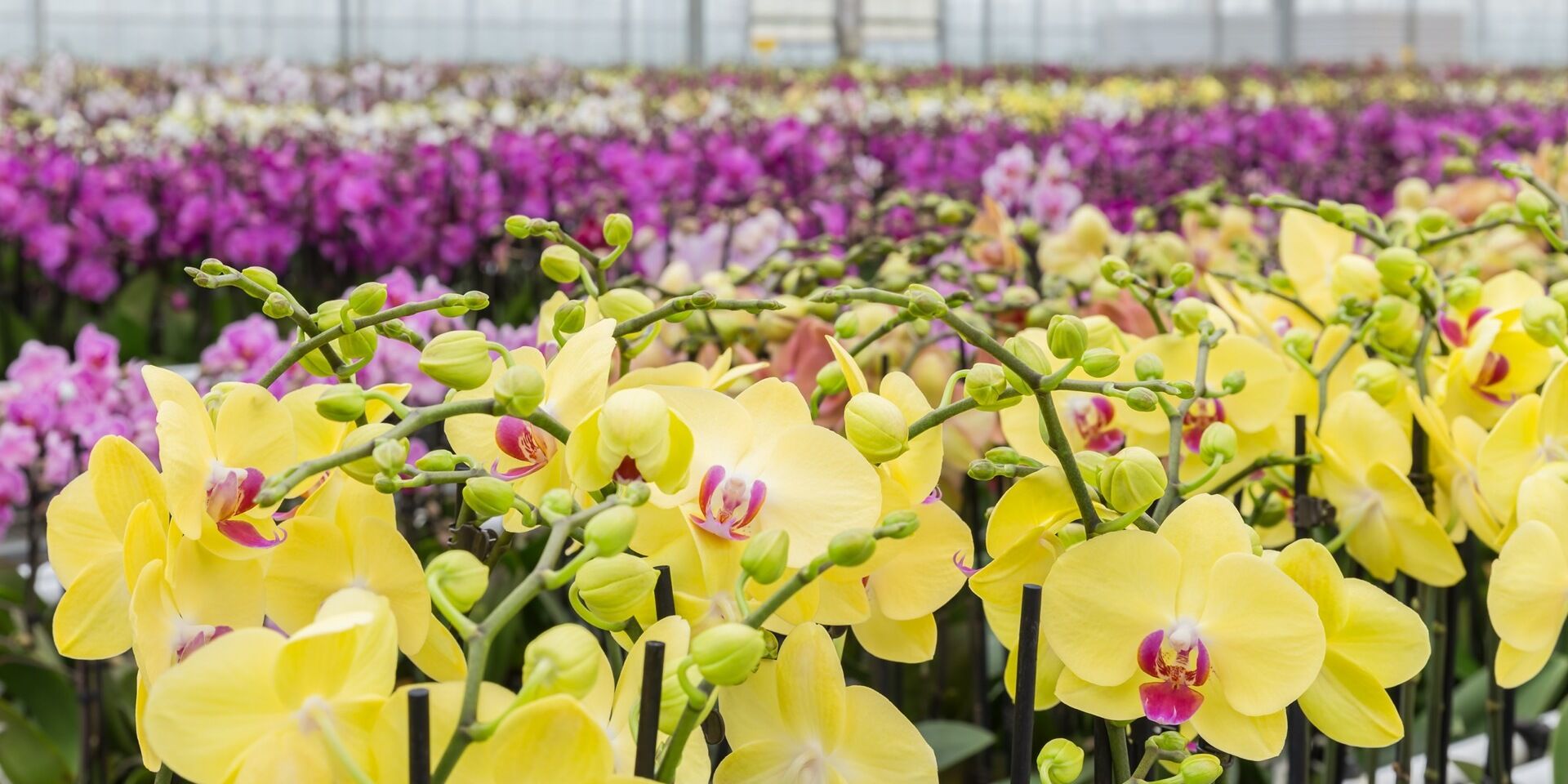Orchids are not an easy culture. This applies to the areas of young plants, technical requirements for cultivation and marketing. Young plants are usually obtained from in-vitro laboratories. A few specialised companies such as Hark Orchids in Lippstadt deal with this topic. In tissue culture pieces of plant tissue are placed on a nutrient medium and subsequently form leaves and roots. Depending on the species, it may take several weeks or months to adapt. The total cultivation time is between 9 and 24 months depending on the pot size and plant height.
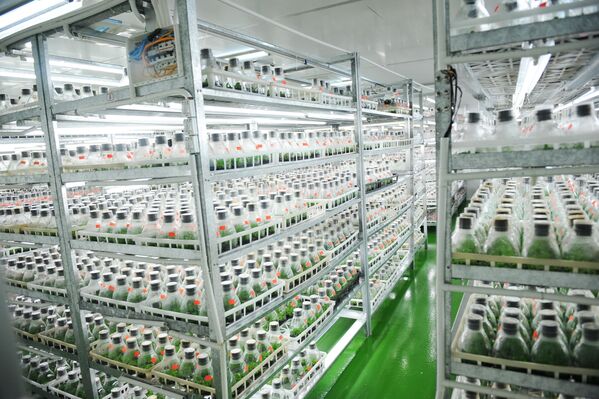
In order to cultivate these special plants successfully and economically, special equipment for the greenhouses is required. The culture takes place at approx. 26 - 28 °C and in the winter half year even under artificial light. Because of the high energy demand, almost all the specialised companies have the ability to produce their own electricity and heat; e.g. via geothermal energy. Taking into account these possibilities, it is actually possible to grow orchids with limited CO2 pollution.
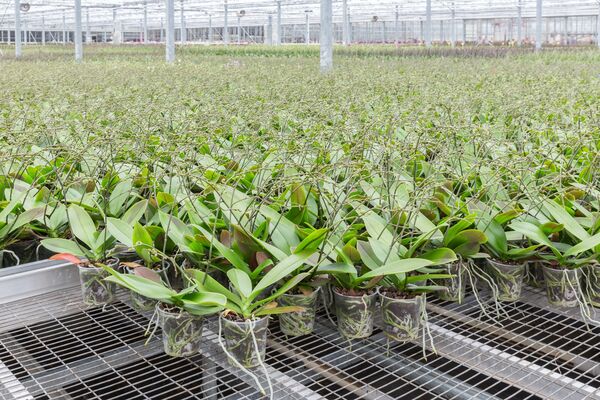
These special requirements for production facilities led to the fact that today, for example, in the Netherlands there are only about 60 farms for orchids, while in 2000 there were about 200. During the same period, the sales volume has risen steadily. However, since 2018 prices have fallen due to a massive oversupply. High-quality phalenopisis with 3-4 shoots, which cost about 20 to 25 euros in retail 8 years ago, are now sometimes offered in sales for 5.99 EURO.
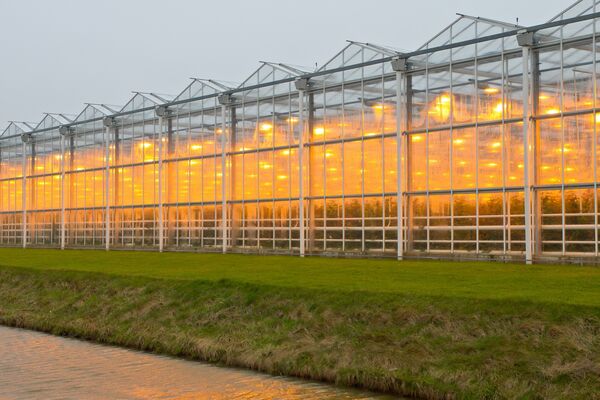
In summary, we can say that many orchid species have passed the peak of the product life cycle and money can only with difficulty be made either in production or in trade. Now, entrepreneurial instinct and creativity are required in order to find new products that also place high demands on the expensive production facilities.
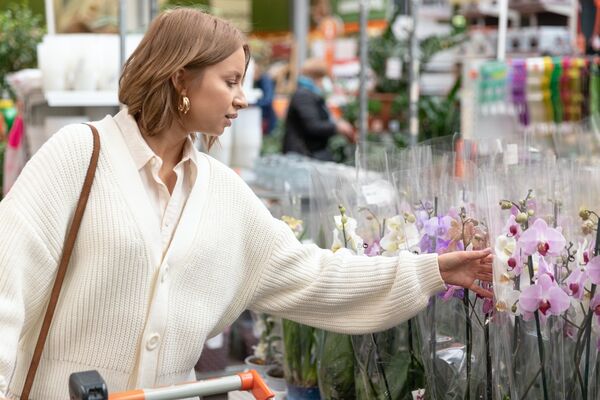
We accompany our customers over the years and deliver marketing concepts. In this respect, we are sparring partners in market observation and product development. We look forward to talking to you; we would also be happy to discuss the topic of the product life cycle.

